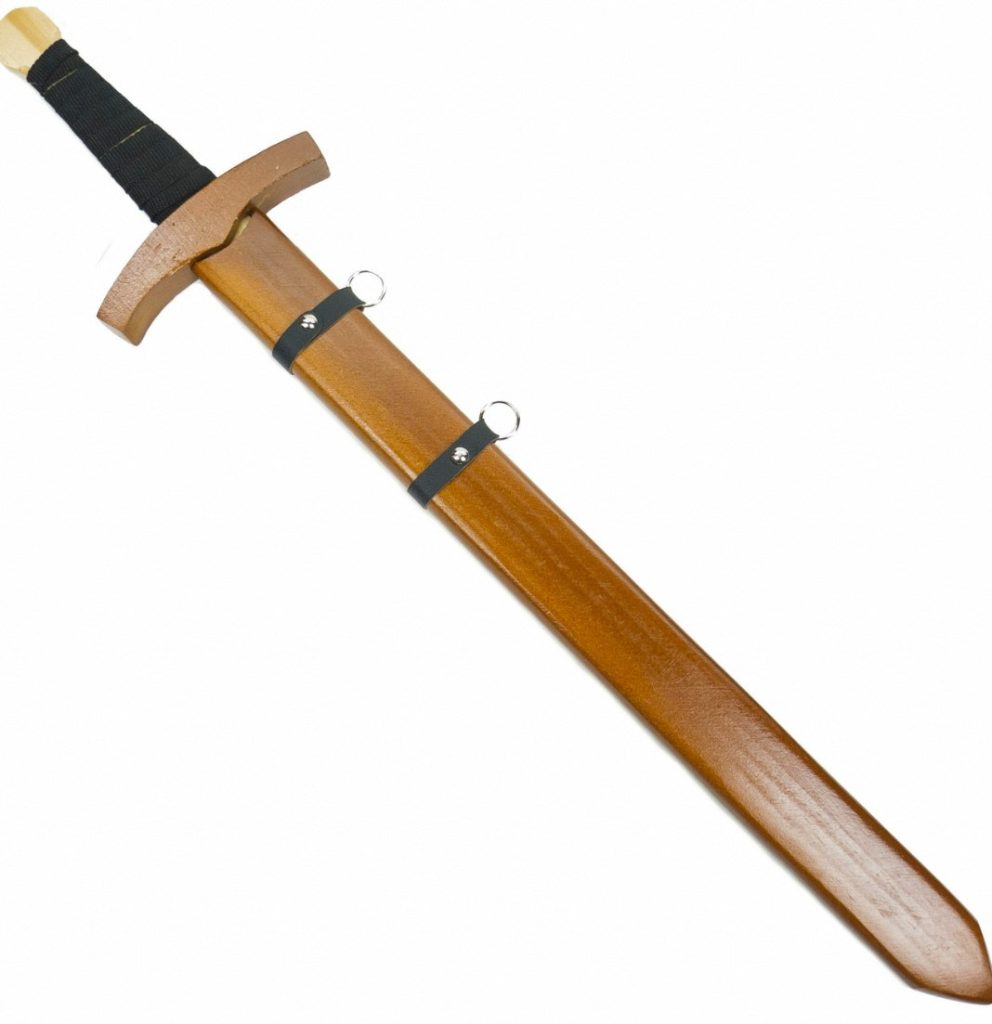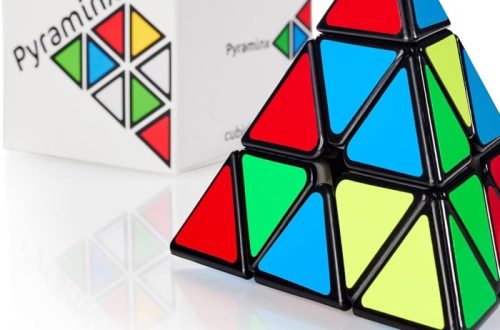Swords are classic pretend-play toys that spark a child’s imagination and inspire adventurous stories. However, ensuring sword safety during playtime is crucial. Here’s a guide for parents and caregivers to navigate the exciting world of swordplay while keeping their little heroes safe.
Part 1: Choosing the Right Sword

Age-Appropriate Selection:
It all starts with selecting the right sword for your child’s age and maturity level. For younger children (under 3), opt for soft foam swords with no hard or pointed edges. These lightweight options allow for safe exploration of swordplay without the risk of injury. As children grow older and more coordinated (around 4-7 years old), consider slightly firmer plastic swords with blunted tips. These can withstand more vigorous play while maintaining safety. For older children (8 and above), more rigid plastic or even wooden swords might be suitable, but close supervision is essential.
Material Matters:
When selecting toy swords for children, it’s crucial to prioritize safety. The choice of material for the sword significantly impacts the risk of injury during play. To minimize the potential for serious harm or accidents during rough play, it is essential to avoid swords made of metal or any other hard, rigid materials.
Instead, focus on swords made of soft foam, flexible plastic, or lightweight wood. These materials provide a safer alternative, reducing the risk of injury while still allowing for interactive and imaginative play. Caregivers should also ensure that the toy swords are free of sharp edges, splinters, or any protruding parts that could cause scratches, pokes, or other types of minor injuries during play.
By carefully considering the material and construction of toy swords, caregivers can provide children with a safe and secure play experience. This approach not only minimizes the risk of physical harm but also promotes a nurturing environment for children to engage in imaginative play without unnecessary concerns about potential injuries.

Part 2: Safe Play Practices
Supervise Playtime:
Regardless of the sword type, close supervision is vital, especially for younger children. This allows you to intervene and redirect any unsafe behaviors before accidents occur. Set clear boundaries for appropriate swordplay, emphasizing the difference between pretend fighting and actual aggression.
Create a Safe Play Space:
Designating a designated safe play area for sword battles is essential to ensure the well-being of children during their imaginative play. Caregivers should aim to create a space that is free of clutter, sharp corners, or fragile objects that could potentially cause injuries or damage during active sword play. Clearing the area of any obstacles or hazards allows children to move freely and engage in play without concerns about accidental collisions or injuries.
Additionally, considering the use of mats or rugs in the play area can provide an added layer of cushioning, offering some protection in case of falls or tumbles during play. This can minimize the risk of bumps, bruises, or other minor injuries, contributing to a safer play environment for children.
By ensuring that the play area is set up with safety in mind, caregivers are providing children with a secure space to engage in their sword battles and other active play, fostering a sense of freedom, creativity, and physical well-being. This thoughtful approach to play area design reinforces the importance of safety and consideration for others, ultimately contributing to a positive and enjoyable play experience for children.

Part 3: Teaching Sword Safety
The Buddy System:
Introducing the concept of a “buddy system” during swordplay can be a valuable way to promote safe and enjoyable play experiences for children. Encouraging kids to engage in play with a friend or sibling not only fosters social interaction and cooperation but also enhances their awareness of safety measures during active play. By emphasizing the “buddy system,” children can take turns wielding the swords, ensuring that their strikes are controlled and directed away from each other’s faces and bodies. This approach not only promotes physical safety but also encourages communication and teamwork between the players. Caregivers can reinforce the importance of mutual respect and consideration for their playmate’s well-being, thereby fostering a sense of responsibility and care for others.
Respectful Play:
Integrating respectful play practices into sword battles is essential for creating a safe and enjoyable play environment for children. Caregivers can teach children to “call their hits” verbally when they make contact with their opponent’s sword, fostering a sense of sportsmanship and fair play. Additionally, establishing agreed-upon “out” signals enables children to conclude the play fight mutually and peacefully, promoting respect and preventing potential accidents or injuries due to unexpected strikes.
By incorporating these respectful play practices, children not only learn the importance of communication and mutual understanding but also develop a greater awareness of their actions and the impact they have on others. It encourages them to exercise self-control and consideration for their playmates, ultimately contributing to positive social behaviors and conflict resolution skills. Moreover, these practices instill important values of empathy and respect, laying the groundwork for healthy and considerate interactions with their peers both during play and in other aspects of their lives.

Part 4: Maintaining Sword Safety
Regular Inspections:
Performing regular safety checks on toy swords is crucial to ensure that they remain safe for children to use during play. Caregivers should inspect foam or plastic swords for any signs of wear and tear, such as cracks, tears, or loose parts. This can help to identify potential hazards and prevent accidents during play. Additionally, wooden swords should be examined for splinters or warping, which could pose risks to children’s safety.
By conducting these thorough inspections, damaged swords can be promptly repaired or discarded to mitigate potential hazards. Repairing toys with minor damage, and discarding those that cannot be fixed, is vital to maintaining a safe play environment for children. Additionally, providing children with well-maintained toys ensures that they can continue to enjoy their play experiences without unnecessary risks.
Keeping toy swords in good condition through regular inspections and maintenance not only promotes safety but also teaches children the importance of taking care of their belongings. It also fosters a sense of responsibility and awareness of potential hazards, benefiting them in their overall development.

Storage Solutions:
When playtime is over, store swords safely away from children’s reach. This prevents unsupervised use and potential accidents. A designated toy chest or a high shelf are ideal storage solutions.
By following these tips, parents and caregivers can ensure their children have a safe and enjoyable experience wielding their toy swords. Remember, safety paves the way for a world of imaginative adventures, allowing your little heroes to conquer pretend foes and embark on epic quests.


